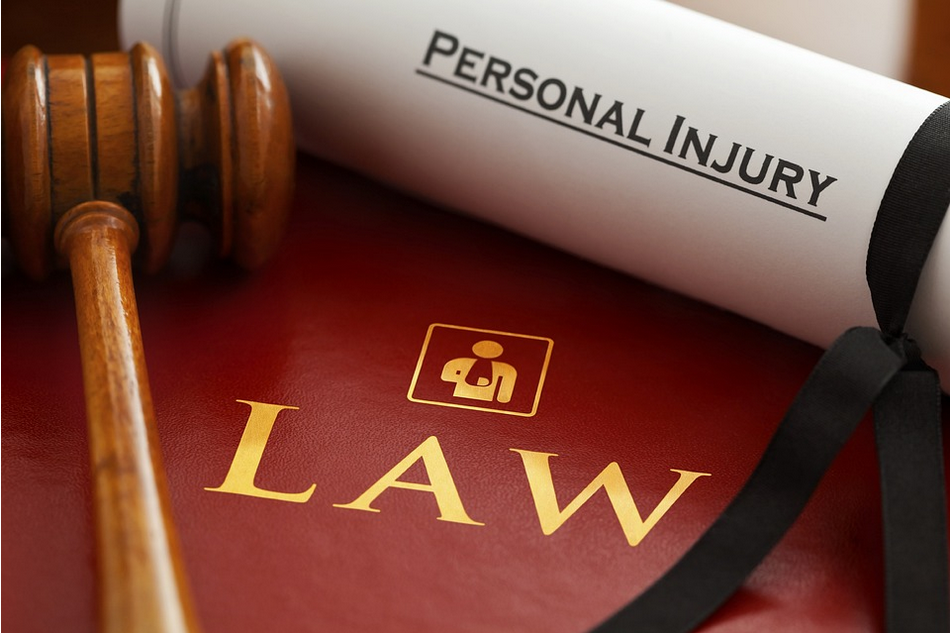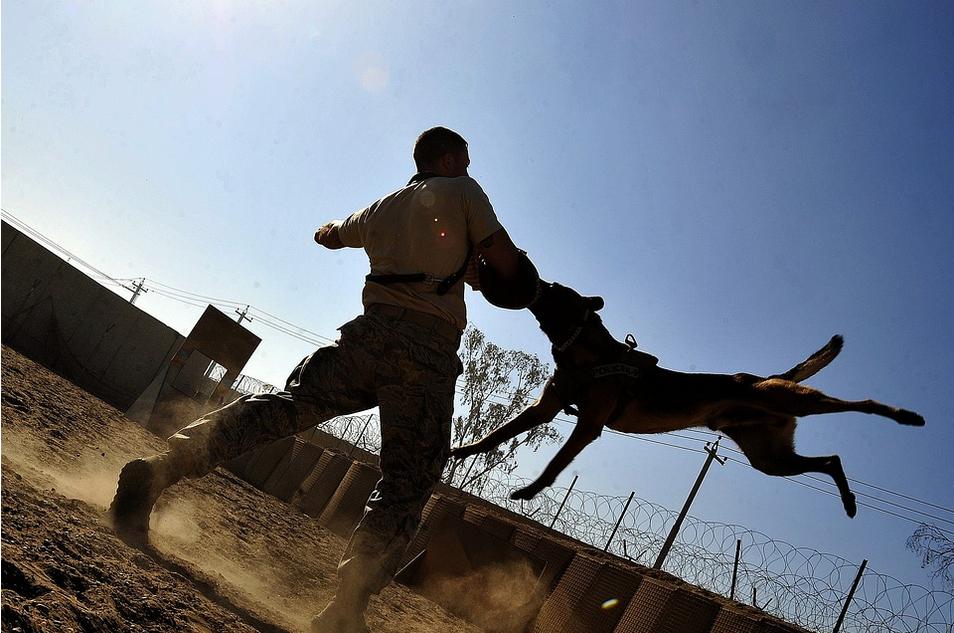Dog bites account for a significant number of personal injury cases in the United States each year. The laws and regulations governing dog bites vary from state to state, and it is important for individuals to understand the legal implications of a dog bite incident
This section will provide an overview of the legal aspects of dog bites, including determining liability and seeking financial compensation.
In some cases, it is possible to hold the owner of a dog legally responsible for a bite incident. It is important to establish proof of negligence in order to successfully file a personal injury claim.
The legal process for filing a claim and obtaining financial compensation will be discussed in detail in this article, including the role of personal injury lawyers and the benefits of mediation in resolving disputes..
Understanding Dog Bite Laws
Dog bite laws vary by state and local municipality.
At the state level, dog bite laws are typically categorized into two legal frameworks: strict liability and negligence-based.
Strict liability holds an owner liable for a dog bite regardless of the owner’s knowledge of the dog’s history or behavior.
Negligence-based laws, on the other hand, require that the plaintiff prove the owner was negligent in keeping the dog from causing harm.
Overview of State and Local Dog Bite Regulations
State and local regulations pertaining to the incidents of animal-caused harm are assessed in this overview. These regulations vary greatly between jurisdictions, with some states having specific laws pertaining to dog bite injuries while others provide general liability rules applicable to all kinds of animal-caused harm.
In general, state and local laws pertaining to dog bite injuries require the owner of the dog to be held responsible for any damages caused by the animal. In some jurisdictions, the owner may also be held liable for damages caused by the dog’s behavior that does not result in an actual bite.
In addition, many states have enacted specific laws that provide for an increased level of liability for dog owners in cases of bites. For example, some states have enacted “strict liability” laws that impose strict liability on the owners of dogs that have caused injuries, regardless of whether or not the owner had knowledge of the dog’s dangerous propensities.
Other states have enacted laws that make the owner responsible for any damages caused by the dog, regardless of the owner’s knowledge of the dog’s dangerous propensities. In addition, some states have enacted laws that require dog owners to purchase special insurance policies to cover any damages caused by their dogs.
Strict Liability vs. Negligence-based Dog Bite Laws
The legal framework surrounding animal-caused harm is highly complex, as certain jurisdictions have implemented strict liability laws while others have adopted a negligence-based approach. Strict liability is a legal doctrine that holds the owner of an animal liable for any damage or injury caused by the animal, regardless of the owner’s negligence. This means that if an animal causes injury or damage, the owner is always responsible.
In contrast, negligence-based laws require the plaintiff to prove that the owner of the animal was negligent in order to recover damages. The differences between strict liability and negligence-based dog bite laws can be seen in the following areas:
- Burden of Proof:
- Strict Liability: Owner is liable for damages regardless of negligence
- Negligence-based: Plaintiff must prove the owner’s negligence
- Knowledge of Animal’s Dangerous Propensities:
- Strict Liability: Owner is liable even if they had no knowledge of the animal’s dangerous propensities
- Negligence-based: Owner is only liable if they had knowledge of the animal’s dangerous propensities
- Time Limits:
- Strict Liability: No time limit to file a claim
- Negligence-based: Plaintiff must file claim within a certain period, usually one year
Both strict liability and negligence-based dog bite laws can be used to hold the owner of an animal liable for any damages or injuries caused by the animal. However, the differences between the two legal doctrines should be considered when determining how to pursue a claim for damages.
Determining Liability for Dog Bites
The topic of determining liability for dog bites involves identifying the responsible parties and assessing the dog owner’s liability.
In order to do this, it is important to consider the legal implications of the dog bite, the behavior of the dog prior to the incident, and the potential for negligence on the part of the owner.
Additionally, the owner should be aware of their legal obligations, such as having the dog properly licensed and vaccinated, as this can further affect the outcome of the case.

Identifying the Responsible Parties
By identifying who is responsible for the incident, it is possible to begin addressing the consequences of the situation.
Depending on the jurisdiction, the responsible party for a dog bite incident may be the dog’s owner, a landlord, or a third-party.
In the case of the dog’s owner, they may be liable for the bite if they had knowledge of the dog’s aggressive behavior and failed to take action to protect others. For example, if the dog had previously bitten someone or shown aggressive behavior, the owner could be held liable if they did not take steps to contain the dog.
In the case of a landlord, they may be liable if they knew that the tenant owned a dangerous dog. If the landlord was aware of the dog’s history of aggression or if they allowed the tenant to keep the dog on the property, they may be held responsible for any resulting injuries.
Similarly, a third-party such as a dog walker or pet sitter may be held liable if they failed to take adequate steps to protect others from the dog.
In all cases, the responsible party may be required to pay for damages caused by the dog bite.
Assessing the Dog Owner’s Liability
When assessing the responsibility of a party involved in a dog bite incident, it is important to consider the potential legal implications. Generally, negligence is the basis for civil liability in dog bite cases.
Typically, courts analyze a number of factors to determine whether a dog owner is liable for damages:
- Was the dog owner aware of the dog’s dangerous propensities?
- Did the dog owner act reasonably to prevent the injury?
- Did the injured party act reasonably to avoid the injury?
In some states, a dog owner may be held liable for damages even if the dog had no history of threatening behavior. In these scenarios, the dog owner may be expected to have knowledge of the breed’s potential to be dangerous.
In other states, a “one bite rule” is applied which holds a dog owner liable only if the dog had previously exhibited dangerous behavior.
In any case, a liable dog owner may be subject to financial compensation for medical bills, pain and suffering, and other related costs.
Establishing Negligence After a Bite
Negligence is an important factor in determining a dog bite case.
Factors that can affect an owner’s negligence include the dog’s history of aggression, the owner’s knowledge of the dog’s behavior, and the owner’s ability to control the dog.
The ‘One-Bite Rule’, which states that a dog is only considered negligent if it has previously bitten someone, also plays a role in determining an owner’s negligence in a dog bite case.
Factors Contributing to Owner Negligence
Owner carelessness can be a contributing factor to incidents resulting in harm. Negligence on the part of the dog’s owner is often a factor when determining liability in dog bite cases.
For example, if the owner has not kept the animal fenced in or securely leashed, and the animal has not been properly trained, they may be held accountable if the animal bites someone. Other factors which might be considered include, failure to provide adequate supervision of the dog, lack of obedience training, failure to secure the premises where the dog is kept, and failure to take reasonable steps to protect others from the dog.
In some cases, the owner may be held liable even if they took reasonable steps to prevent the bite, such as fencing in the animal or having it on a leash. If the owner knew or should have known that the dog was dangerous, and failed to take steps to prevent injury, they may be held liable for damages.
For instance, if the owner should have known that the dog was likely to bite, but failed to take steps to protect someone from the animal, they may be liable for any damages caused by the bite.
Role of the “One-Bite Rule” in Negligence Cases
The ‘One-Bite Rule’ is often used to assess the level of culpability of the owner in negligence cases involving animal-induced injuries. The rule states that an animal’s owner may be found liable for a dog bite injury if they were aware that the animal was dangerous.
This rule is based on the idea that an owner should have taken steps to protect others from a potentially dangerous animal after the animal has demonstrated its potential for harm, even if the animal had not previously exhibited any dangerous behavior.
The ‘One-Bite Rule’ has been used in a variety of contexts, including:
- Negligence Cases:
- In cases involving dog bites, the rule may be used to determine whether the owner was aware of the animal’s dangerous potential and failed to take steps to protect others from harm.
- The rule may also be applied to cases involving other animals, such as cats, horses, and livestock.
- Premises Liability:
- The rule may be used to determine whether the owner should have been aware of any potential danger posed by animals on the premises, and whether they took steps to protect visitors from harm.
- The rule may also be used to determine whether the owner should have taken steps to control the animal or inform visitors of the potential danger.
Filing a Personal Injury Claim
The process of initiating a dog bite injury claim requires an understanding of the applicable laws and regulations.
In order to ensure a successful outcome, it is important to document and provide evidence to support the claim.
Records of medical treatment, witness statements, photographs, and other relevant information should be collected and organized for the case.

Steps to Initiate a Dog Bite Injury Claim
Initiating a claim for damages resulting from a canine-related incident can be a complex undertaking. It is important to understand the regulations and laws governing dog bite liability in the jurisdiction where the incident occurred. The victim should reach out to a licensed attorney for assistance in understanding their rights and the legal remedies available to them.
The attorney can provide advice on the most appropriate course of action, and may be able to negotiate a settlement with the dog’s owner or their insurance provider. In order to initiate a claim, the victim must compile evidence to support their case. This may include photographs of the injuries, witness statements, medical records, and any other documentation that can be used to demonstrate the severity of the incident.
The attorneys should also be able to obtain a financial judgment from the responsible party if the claim goes to trial. The victim must also file a complaint with the court in order to initiate the legal process. The court will then determine the amount of damages to be awarded to the victim and the responsible party.
Documentation and Evidence in Personal Injury Cases
Compiling evidence to support a personal injury case is a critical step to seeking damages and involves obtaining documents such as photographs, witness statements, and medical records.
Such evidence can help prove the severity of the injury, the cause, and the extent of the defendant’s liability. Photographs can be taken of the scene of the incident, the injury itself, and any other relevant evidence.
Witness statements are also important when attempting to prove liability in a personal injury case. Witnesses can testify to what they saw leading up to the incident and provide insight into the events that transpired.
Medical records are also important for personal injury cases to help prove the extent of the injury and the amount of damages being sought. Medical records provide evidence of the type of treatment received, the costs incurred, and the amount of time the injury requires for healing.
All of these documents can be used to provide evidence of the injury, the cause, and the defendant’s liability. Collecting this type of evidence is essential for a successful dog bite injury claim.
Seeking Financial Compensation
Dog bites can cause serious physical and emotional harm, often leading to financial damages.
In order to seek financial compensation for these injuries, understanding the different types of damages available in dog bite cases is essential.
Calculating potential compensation is a complex process requiring knowledge of available damages and the specific facts of the case.
Types of Damages in Dog Bite Cases
Dog-related incidents can result in a variety of damages, ranging from economic losses to emotional trauma. In a dog bite case, the injured party may be able to seek monetary compensation for the losses they have incurred.
These damages can be divided into four main categories: economic, non-economic, nominal, and punitive.
Economic damages are those that are tangible and are related to financial losses. These can include medical expenses, the cost of any required treatments, and lost wages from time taken off from work.
Non-economic damages, by contrast, are related to the emotional and physical harm caused by the bite. These may include pain and suffering, mental anguish, and loss of enjoyment of life.
Nominal damages are awarded when the court finds that the defendant was liable, but there is no significant economic or non-economic damage.
Punitive damages, on the other hand, are meant to punish the defendant and are awarded when the court finds that their actions were malicious or reckless.
Calculating Potential Compensation for Injuries
When seeking compensation for damages in a dog-related incident, the amount of potential compensation is dependent on the type and extent of the injuries sustained. This includes both physical and emotional losses, as well as any related medical expenses.
The amount of compensation awarded is typically determined by the court, and is based on a variety of factors, such as the severity of the injury, the age of the victim, the emotional trauma suffered, and the amount of financial loss. For example, if a victim suffers a broken arm and emotional distress, the court may award compensation for medical bills as well as emotional damages. In some cases, punitive damages may also be awarded, depending on the circumstances of the case.
In order to calculate potential compensation, a victim must provide evidence of their losses, such as medical records, witness statements, and other forms of evidence. The victim must also prove that the dog owner was negligent in their care of the dog or that they acted with intentional harm.
The court will then decide on the amount of damages to award, which may require expert testimony or additional documents. It is important to note that the amount of compensation awarded may not be enough to fully compensate the victim for their losses, and other forms of recovery may need to be sought.
Conclusion
It is important to understand the various laws that pertain to dog bite injuries, as well as the liability involved in such cases.
The process of determining negligence in a dog bite case is a complicated one, but it is possible to file a personal injury claim if a bite occurred as a result of negligence.
It is possible to seek financial compensation for medical bills, lost wages, and pain and suffering associated with a dog bite injury.
It is important to understand the legal process involved in seeking compensation for a dog bite, and to seek legal advice in order to make sure that the rights of the injured person are protected.
1-800-ASK-GARY serves as a referral resource, linking you with healthcare providers and attorneys who specialize in handling personal injury cases. Benefit from a complimentary legal consultation! Operating 24/7, 1-800-ASK-GARY can recommend professionals in Minnesota, New Mexico, and Florida.


